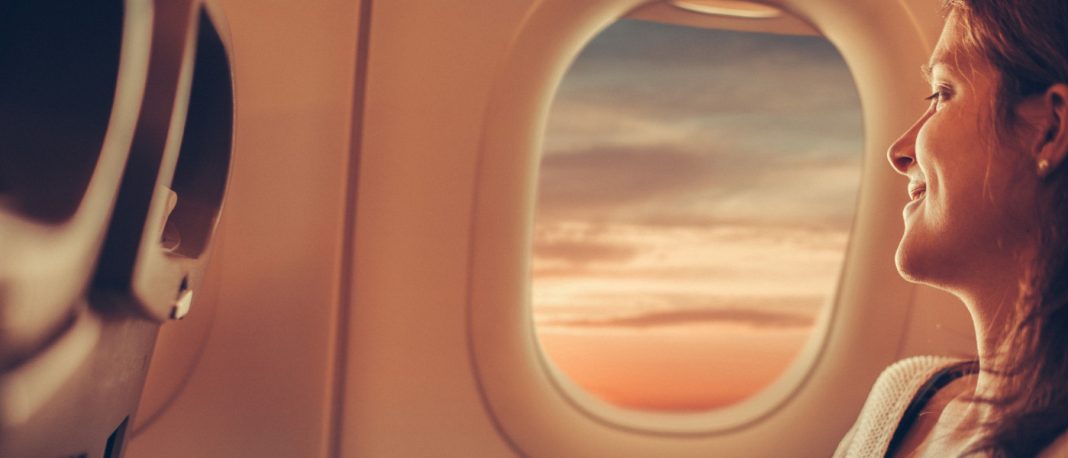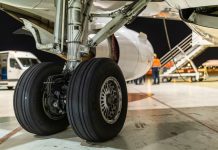We’ve created this column for those who love technology and always keep up with the times, but above all for those who ask themselves constantly: “How is it made?”.
They allow a perspective on illuminated cities, a moment to stare in amazement at the beauty of the mountains, the perfect way to retrace a journey that has just ended, a photo to put on Instagram once landed: airplane windows are perhaps the most fascinating part of the flight.
A preliminary remark: aircraft windows are not like other windows. The cabin is separated from the outside by no less than three layers of polymethylmethacrylate – what we mere mortals call Plexiglass – a lightweight but elastic material resistant to impacts with birds or hail, and, of course, to atmospheric pressure.
All of us, at least once in our lives, wondered what the small hole in the middle layer of the windows is for, why all planes have oval windows and why the shades should remain open during take-off and landing…
Let’s start with simple things. Keeping the blinds open during the most delicate phases of a flight allows the crew to gain greater visibility and to easily assess external conditions. There’s also a psychological reason for passengers; looking outwards and having a context of reference during the phases of major upheaval of the laws of gravity helps to keep one calm and confident… And it’s also a show not to be missed.
The shape of the windows is always the same. There is a phenomenon called “fatigue” in mechanics, which affects materials that undergo variations (the fuselage expands and shrinks continuously due to changes in temperature and pressure) and can cause damage and breakage over time. Oval-shaped windows greatly reduce the incidence of this phenomenon compared to the first square windows of the 1950s, which tended to cause cracks at the edges of the fuselage.
The small hole that sometimes creates a peculiar “snowflake effect” in the middle pane of the window plays an extremely important role, namely that of controlling and balancing the pressure difference between the cabin and the outside. The ice that forms around the hole is the result of condensation of the humidity that freezes due to the very low temperatures occurring at high altitude.
One last curiosity: why are the windows in the fuselage hardly ever aligned with the seats? Simple: The seating plan is determined by the airlines only after they have purchased an aircraft.
Goodbye to all of you…the curious, the expert, the geek, and the many flight enthusiasts. Back soon!




